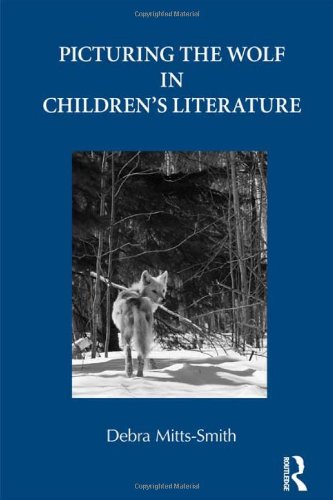

Most ebook files are in PDF format, so you can easily read them using various software such as Foxit Reader or directly on the Google Chrome browser.
Some ebook files are released by publishers in other formats such as .awz, .mobi, .epub, .fb2, etc. You may need to install specific software to read these formats on mobile/PC, such as Calibre.
Please read the tutorial at this link: https://ebookbell.com/faq
We offer FREE conversion to the popular formats you request; however, this may take some time. Therefore, right after payment, please email us, and we will try to provide the service as quickly as possible.
For some exceptional file formats or broken links (if any), please refrain from opening any disputes. Instead, email us first, and we will try to assist within a maximum of 6 hours.
EbookBell Team

0.0
0 reviewsFrom the villainous beast of “Little Red Riding Hood” and “The Three Little Pigs,” to the nurturing wolves of Romulus and Remus and Rudyard Kipling’s The Jungle Book, the wolf has long been a part of the landscape of children’s literature. Meanwhile, since the 1960s and the popularization of scientific research on these animals, children’s books have begun to feature more nuanced views. In Picturing the Wolf in Children’s Literature, Mitts-Smith analyzes visual images of the wolf in children’s books published in Western Europe and North America from 1500 to the present. In particular, she considers how wolves are depicted in and across particular works, the values and attitudes that inform these depictions, and how the concept of the wolf has changed over time. What she discovers is that illustrations and photos in works for children impart social, cultural, and scientific information not only about wolves, but also about humans and human behavior.
First encountered in childhood, picture books act as a training ground where the young learn both how to decode the “symbolic” wolf across various contexts and how to make sense of “real” wolves. Mitts-Smith studies sources including myths, legends, fables, folk and fairy tales, fractured tales, fictional stories, and nonfiction, highlighting those instances in which images play a major role, including illustrated anthologies, chapbooks, picture books, and informational books. This book will be of interest to children’s literature scholars, as well as those interested in the figure of the wolf and how it has been informed over time.